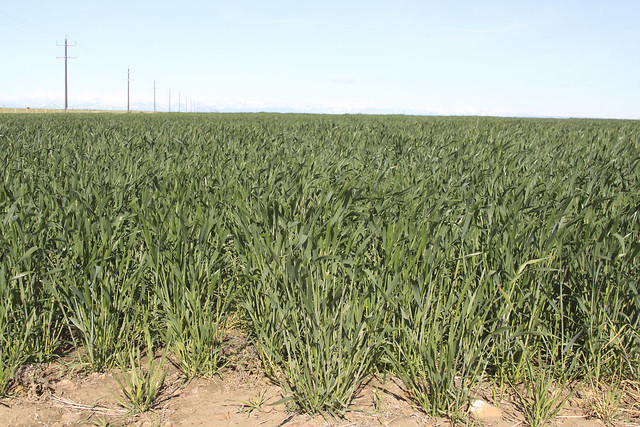Disease in Winter wheat, April 2019
4 April 2019Many crops look cleaner now that lower infected leaves have been shed but don’t be lulled into thinking that disease has vanished altogether. The main driver of septoria in crops looking round sites seems to be sowing date rather than variety. Earlier drilled crops commercially and at trial sites have markedly more septoria, and as yet differences between varieties are less noticeable – so an early drilled 8 rated variety like Sundance is a little cleaner but is still carrying more disease than a late drilled 6 rated variety. The differences between varieties will stop being so compressed and will stretch out as the season progresses.
Yellow rust is about but still at lower levels than might have been expected given the lack of proper winter weather, and its appearance now isn’t so concerning as crops are approaching normal treatment timings and the safety of usual fungicide programs anyway. Broadly, the yellow rust population didn’t go through any major changes last season, with no significant new races found and so varieties should behave as you expect from their listed varietal ratings. Almost all varieties with adult resistance to yellow rust will show some infection as seedlings so finding a few rust pustules shouldn’t be too alarming.
Sign up to the FAS newsletter
Receive updates on news, events and publications from Scotland’s Farm Advisory Service

